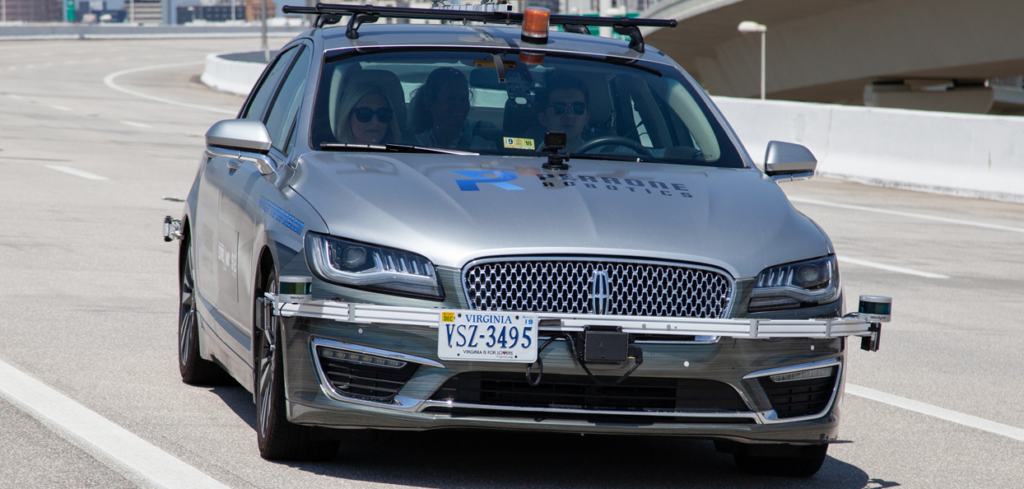SAE International, in collaboration with the International Organization for Standardization (ISO), has released an update to the industry’s reference for driving automation capabilities: SAE J3016 Recommended Practice: Taxonomy and Definitions for Terms Related to Driving Automation Systems for On-Road Motor Vehicles, commonly referenced as the SAE Levels of Driving Automation. SAE J3016 provides a taxonomy with supporting terms and definitions for SAE’s six levels of driving automation.
According to SAE, the latest update augments elements of the previous version with the addition of several new terms, refinements and clarification of misinterpreted concepts, along with the restructuring of certain definitions into more logical groupings. Notable changes include:
- Further clarity on the differences between SAE Level 3 and SAE Level 4, including the role of the fallback-ready user, the possibility of some automated fallback at SAE Level 3, and the possibility of some alerts to in-vehicle users at SAE Level 4;
- Additional terms and definitions for two distinct remote support functions: remote assistance and remote driving, as well as the users who perform those functions: remote assistant and remote driver;
- SAE Level 1 and 2 driving automation systems have been given the name Driver Support Systems as a counterpart to the term Automated Driving Systems used for SAE Levels 3-5;
- Explanation for how classifications of sustained driving automation fit into the broader context of driver assistance and active safety features;
- Reasoning for not including warning and momentary driving intervention systems in the classification of the Levels of Driving Automation;
- Definitions for vehicle types have been grouped together by Conventional Vehicle, Dual-mode Vehicle and ADS-dedicated Vehicle;
- Defining and clarifying the concept of failure mitigation strategy.
“As the development of automated driving technologies continues on a global scale, SAE J3016: Levels of Driving Automation has evolved to align with the developing technologies and deployment strategies,” said Barbara Wendling, chairperson for the SAE J3016 Technical Standards Committee. “Our collaborative partnership with ISO allowed us to expand and refine the Recommended Practice to better equip international customers with clear, concise and consistent language and definitions. Since its launch in 2014, the mobility industry has looked to SAE’s Levels of Driving Automation for citation in official documents where precise language is essential, such as in laws, regulations, guidance documents and standards.”
The SAE J3016 Technical Standards Committee notes it worked collaboratively with partners from ISO/TC 204 Intelligent Transport Systems – in a joint working group including representatives from nine countries – to address common concerns with previous versions of the Recommended Practice.
The latest version of the SAE J3016 Recommended Practice: Taxonomy and Definitions for Terms Related to Driving Automation Systems for On-Road Motor Vehicles is available to download for free at: https://www.sae.org/standards/content/j3016_202104/


